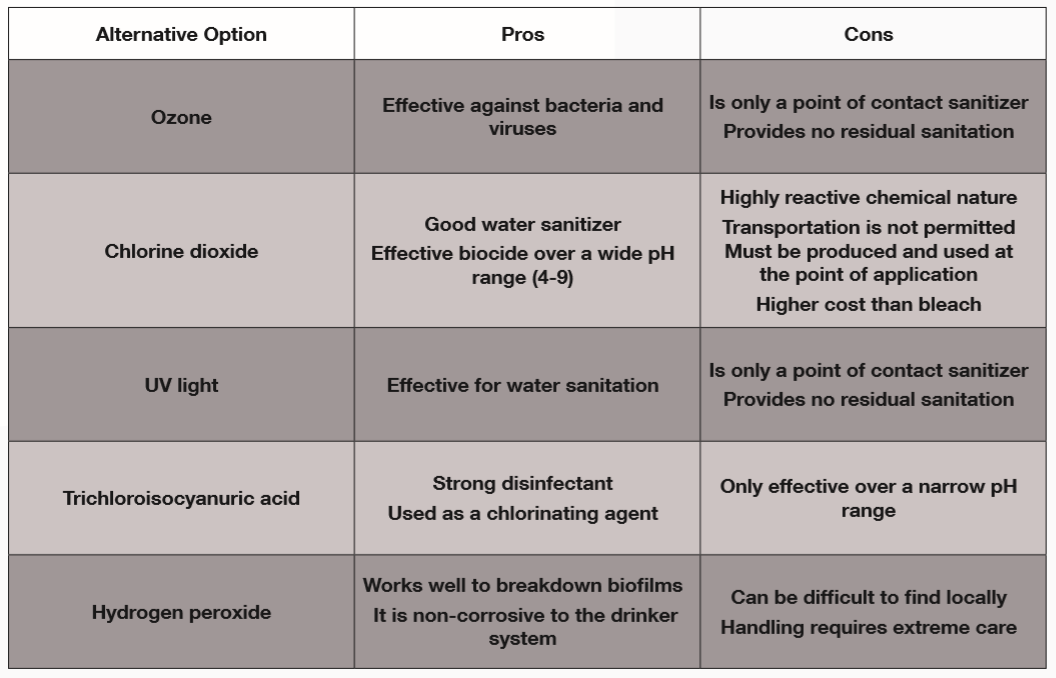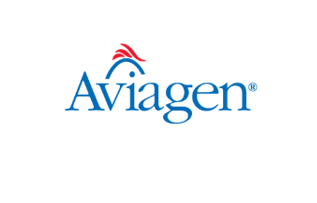



Best practice on the farm: water chlorination during production
This best practice guide from Aviagen will help farm managers with the water disinfection procedure.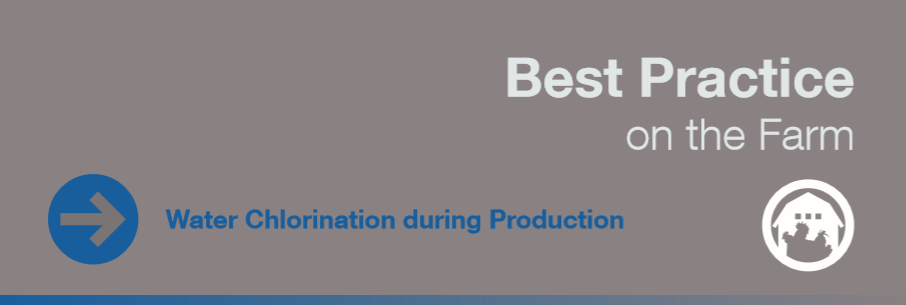
Introduction
Water is an essential nutrient for birds. Providing a clean water supply throughout production promotes bird health, welfare and performance, which is important regardless of the production system used.
Water disinfection during production is an integral part of a good flock management program. Controlling bacterial contamination and biofilm formation in the drinking system is key to reducing bird exposure to harmful organisms and minimizing the spread of disease. If allowed, chlorination is an effective way to achieve water sanitation, as it provides residual protection against recontamination, is easy to use and cost effective.
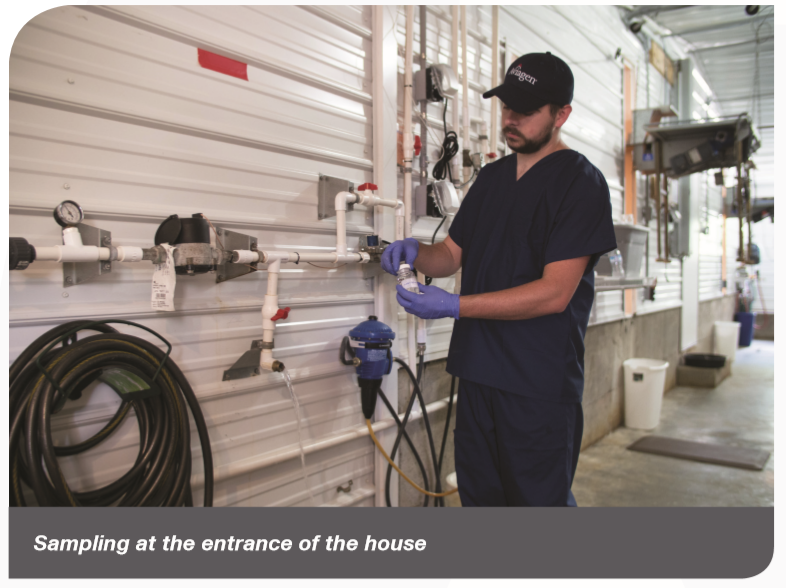
Best practice for water chlorination during production
- Use chlorine or other sanitizing products to treat the water while birds are in production. There are many ways to successfully treat drinking water; the key is to find what works best for the flock, while always following local legislation.
- A water chlorination program:
- uses products that are easily accessible and economical,
- is easy to test and monitor,
- offers several options for application,
- and encourages good flock health.
- Although chlorination is the most common method used for water sanitation in many countries, other options such as ozone, chlorine dioxide, UV light, certain acids and hydrogen peroxide are effective if chlorination is not allowed.
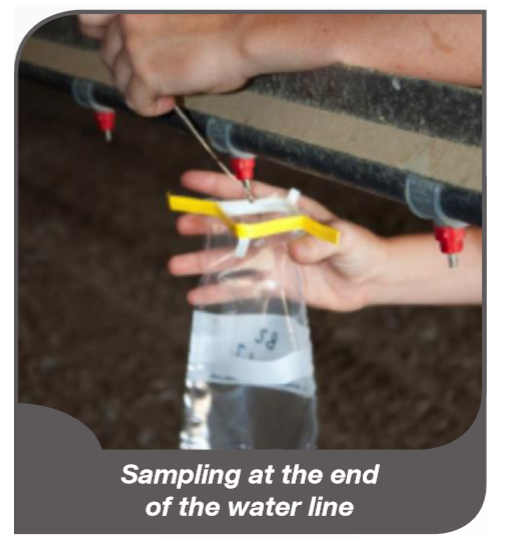
Water sanitation by chlorination
- Chlorination is the most common method used to treat water for bacterial contamination in many countries. Drinking water needs to be sanitized before bird placement, and sanitation should be maintained continuously throughout the life of the flock.
- The house environment is the biggest threat for bacterial contamination to the water system. Due to the possible risk of reintroduction of bacteria into the water, it is recommended to achieve a 3-5 ppm chlorine level to maintain residual protection.
- Measure chlorine levels at the end of the water line, farthest from the point of injection, to ensure proper sanitation.
- Chlorination options include:
- Calcium hypochlorite (Ca(ClO)2), also known as bleach powder (65 percent chlorine content).
- Typically used for well water treatment through a dry pellet chlorinator wired into the well pump’s electrical supply. Depending on the pellet size, it drops one to three small chlorine pellets into the well per minute. It maintains chlorine residual much longer than liquid/household bleach.
- Sodium hypochlorite (NaClO), also known as liquid/household bleach (10-12 percent chlorine content).
- Create a stock solution of liquid/household bleach at a dose of 118-177 ml/liter (4-6 fl oz/ US gallon). Use a solution injector system such as proportioner or medicator to inject the solution into the lines at a rate of 30 ml (1 fl oz) of stock solution / liter (US gallon) of water.
- Calcium hypochlorite (Ca(ClO)2), also known as bleach powder (65 percent chlorine content).
- Chlorination requires an acid application to adjust water pH to 5-7. The effectiveness of chlorination depends on the water pH, which should be between 5-7. An acidifier may need to be added to the water to ensure that the pH is within the recommended range. When chlorine is added to water it forms Hypochlorous acid (HOCl) which is the active sanitizing agent, and OCI- which is not an effective sanitizer. When the water pH exceeds 7, more OCI- and less HOCl is formed and so the effectiveness of the chlorination is significantly reduced.
- Water pH can be measured using pH test strips or a pH meter. For best flock performance drinking water needs to be acidic rather than alkaline.
- Options include acidification with inorganic acids, mixtures of inorganic and organic acids or buffer organic acids. Follow manufacturer’s guidelines for the specific acidifying agent.
- Never mix bleach and acid in the same stock solution because it generates toxic chlorine gas.
- Ensure chlorine levels are correct in the drinking system before the birds are placed. Measuring the oxidation reduction potential (ORP) of water is a good way of determining if the water sanitation program is working. An ideal ORP reading should be between 700 and 800 mV.
- It is also possible to check total and free chlorine levels with a chlorine meter or pool test kit. The goal should be 3-5 ppm free chlorine at the end of the drinker line or at the drinker farthest from the chlorine injection site.
- The benefits of chlorination include the reduction of most bacteria and viruses in drinking water. It provides residual protection against recontamination, is easy to use and low cost.
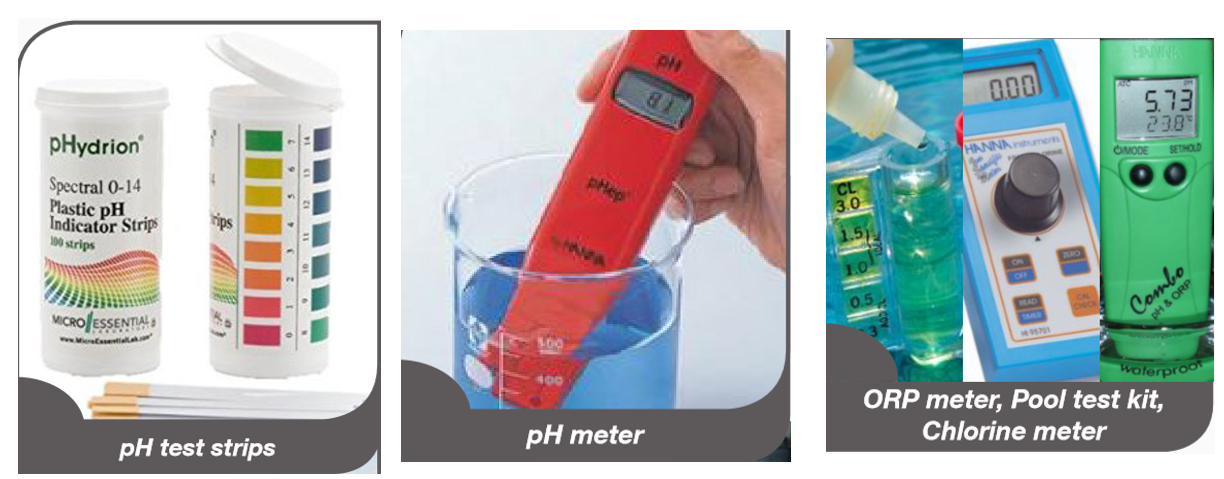
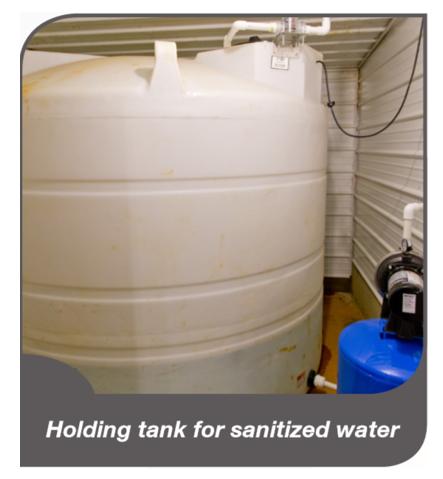
Factors affecting the efficacy of chlorination
The efficacy of chlorination can be affected by:
- Water pH – best results at pH 5-7.
- Exposure (contact) time – Contact time is defined as the period between the chlorine injection and the moment of water consumption. The exact amount of contact time needed varies greatly and is dependent on chlorine concentration, type of bacterial contaminants in the water lines, water pH, and water temperature.
- A holding water tank filled with water and an appropriate sanitizer solution helps to ensure optimum contact time.
- Contact time must be increased under low water temperature and/or high water pH.
- Water temperature - Lower than 18oC (65oF) reduces the effectiveness of chlorination.
- Organic matter - The presence of organic matter can inactivate chlorine.
- Water hardness – Refers to the presence of scale-causing minerals mainly from calcium and magnesium. The ideal range is 0-400 ppm.
- Type of bacterial contamination and bacteria growth stage.
- Chlorine age and storage conditions - chlorine can be inactivated if left open or stored in transparent containers for too long.
Alternative water sanitizers
If chlorination is not allowed, there are other options that provide effective water sanitation.
